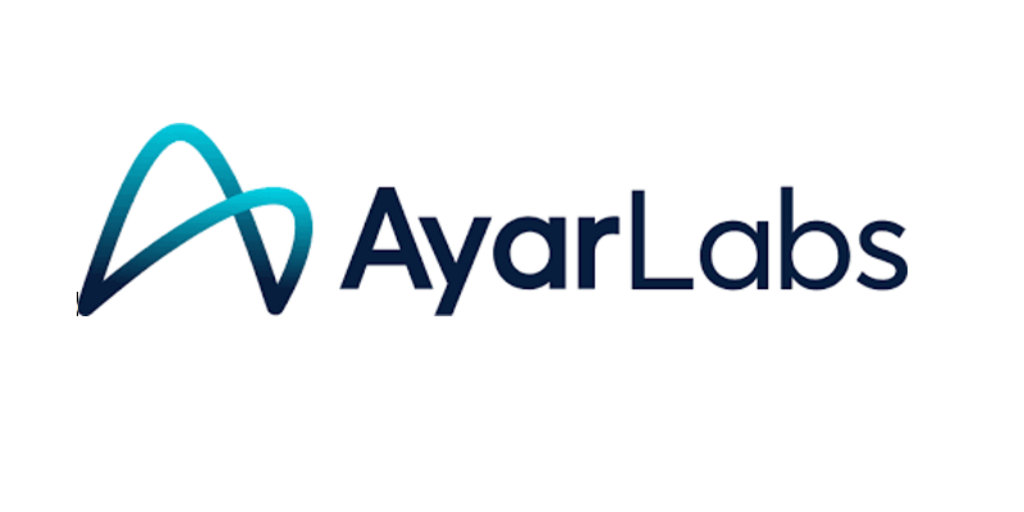 Paul Livingstone over at R&D magazine looks at how design engineers are turning to HPC to increase returns on research and development. While it seems clear that high performance computing offers real business benefits to these “newbie” companies, R&D conducted a user survey that indicates that software complexity is still a major hurdle.
Paul Livingstone over at R&D magazine looks at how design engineers are turning to HPC to increase returns on research and development. While it seems clear that high performance computing offers real business benefits to these “newbie” companies, R&D conducted a user survey that indicates that software complexity is still a major hurdle.
Another adjustment researchers will have to make is to know which ISVs are ready for HPC. Already, Microsoft, Dell, HP, Amazon, and major HPC environment providers offer major software titles that have been pre-optimized. In addition, there are so-called virtualization providers that go to the next level by providing an entire work environment with local file access. ScaleMP, Cupertino, Calif., is one such provider, having developed its Versatile SMP (symmetric multiprocessor) architecture to aggregate multiple x86 systems into a single virtual system. The process is akin to building a parallel supercomputer on the fly. The service combines up to 128 x86 systems with a capacity of up to 1,000 processors (or 8,000 cores) and up to 64 TB of shared memory.




[…] This post was mentioned on Twitter by insideHPC, ByoungSeob Kim (김병섭). ByoungSeob Kim (김병섭) said: RT @insideHPC: Just in: R&D Survey: Parallel Software Improvements Key to HPC Adoption http://bit.ly/g103pd […]